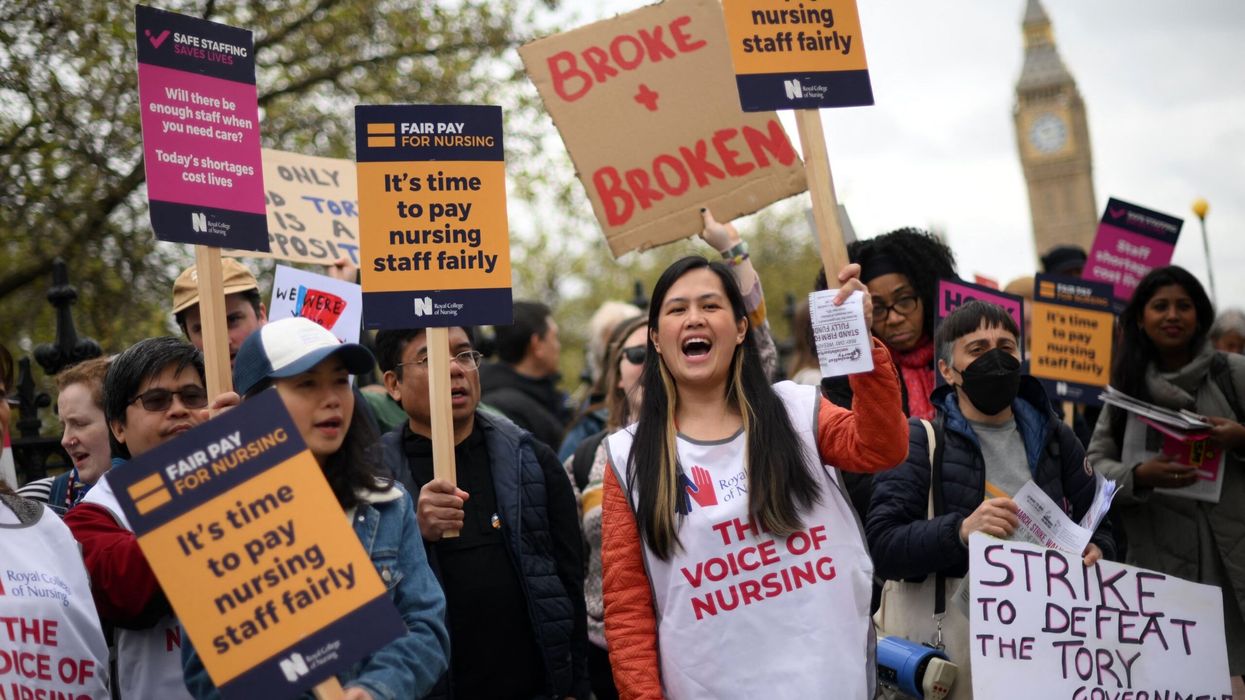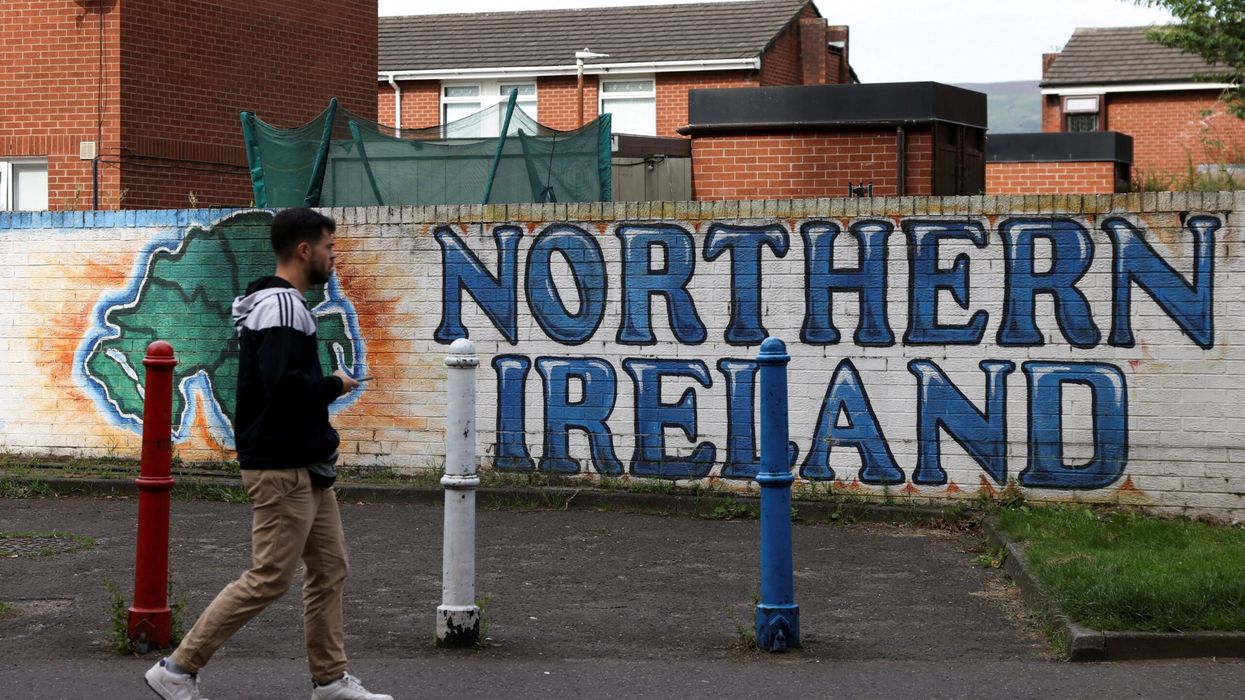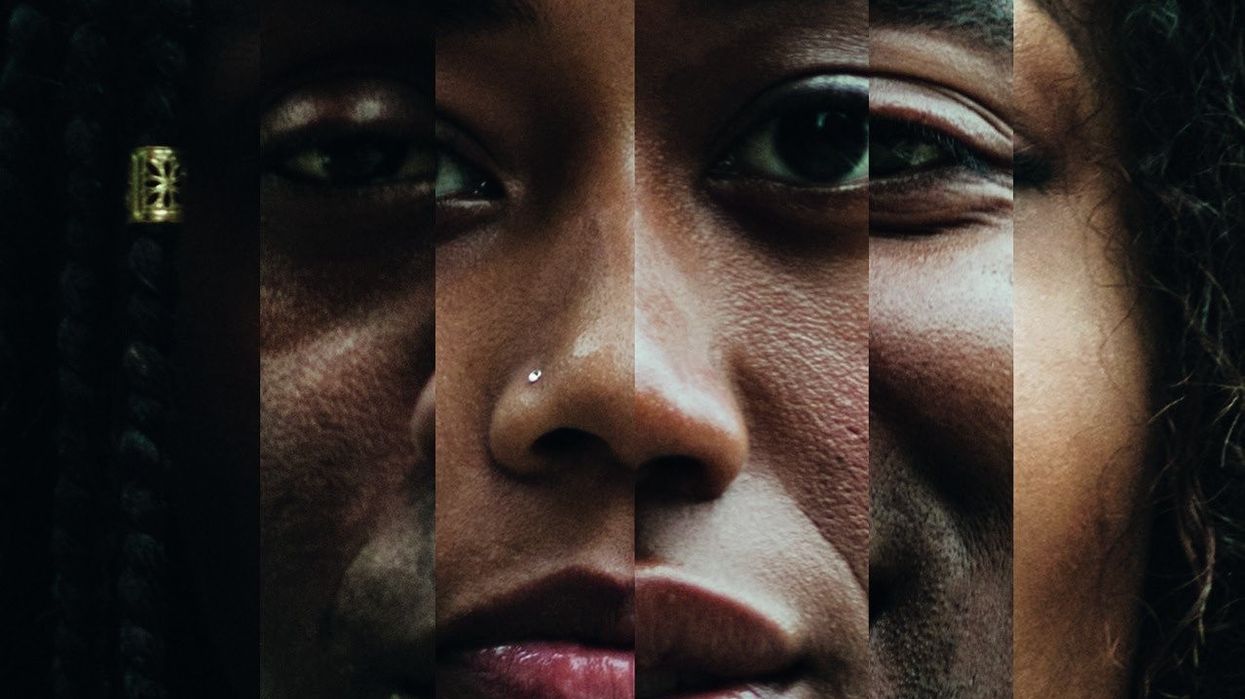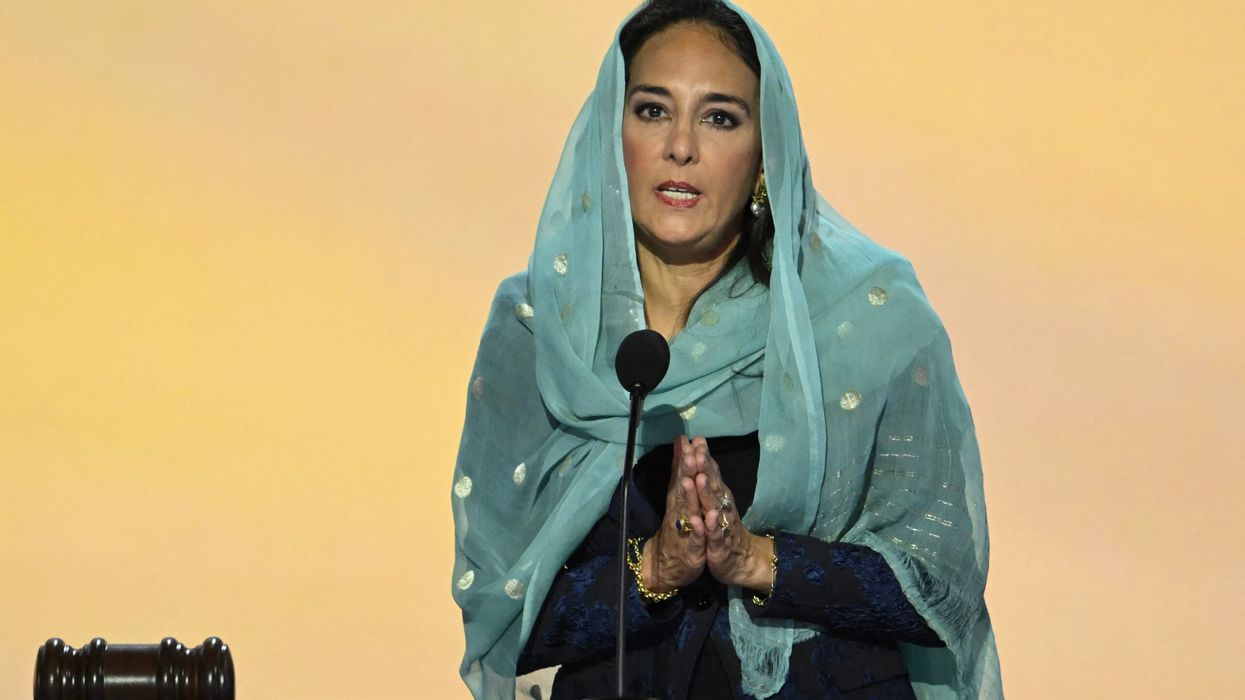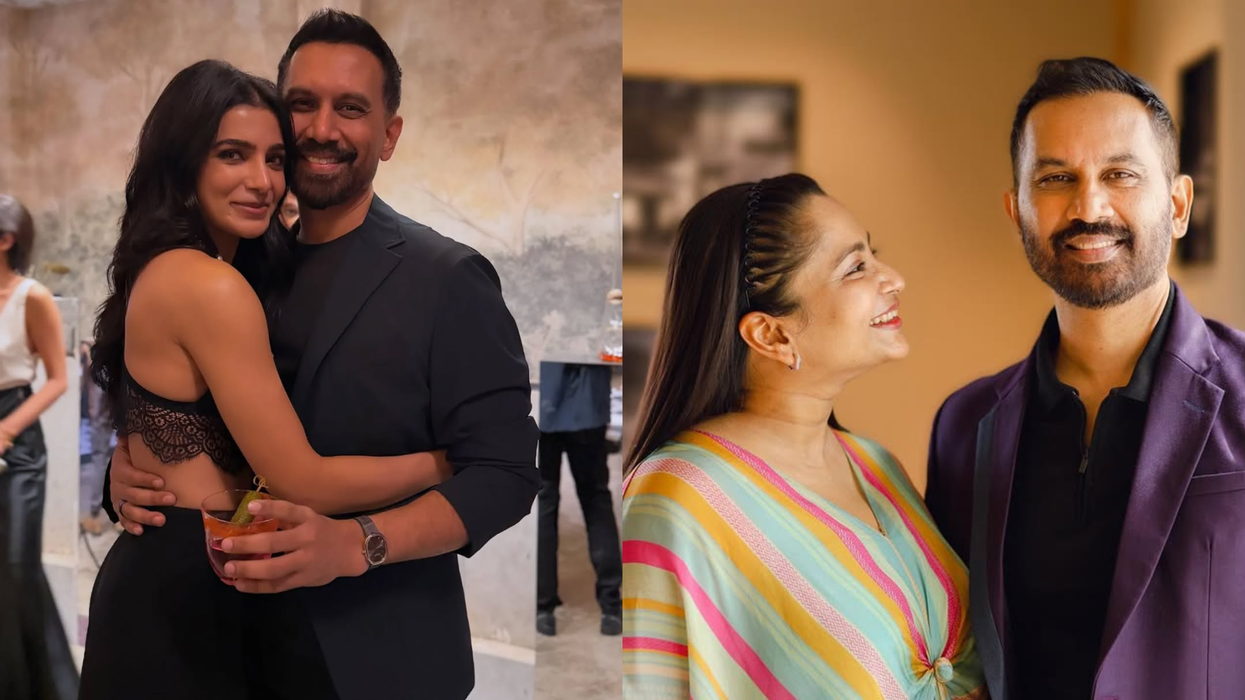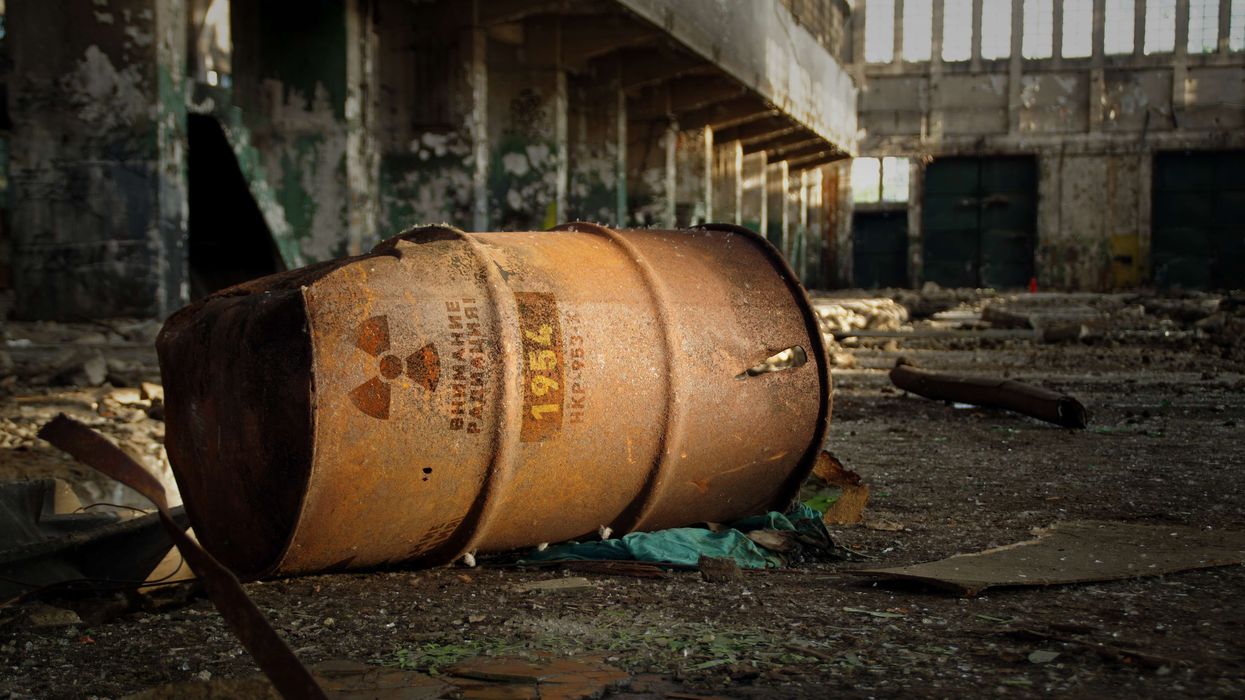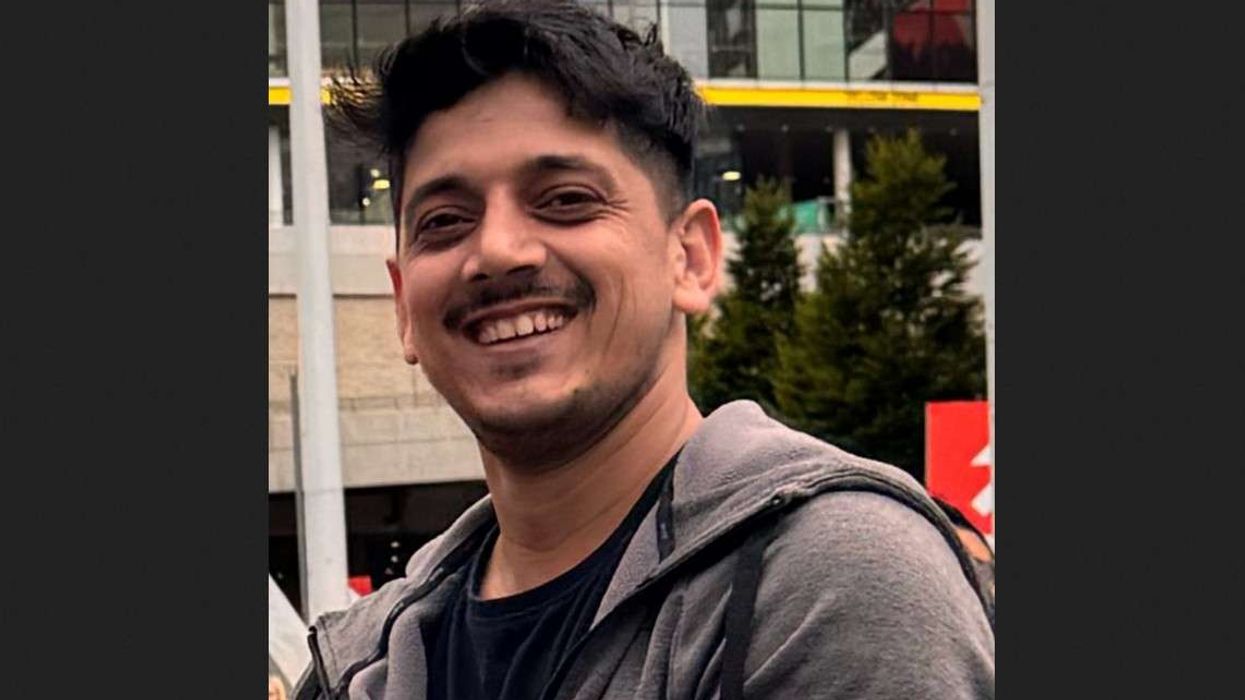By Amit Roy
A REMARKABLE “biography” of the Savoy, the first luxury hotel in London, reveals it was home from home for India’s Maharajahs.
The Secret Life of the Savoy and the D’Oyly Carte Family (Headline; £20), by Olivia Williams, says that thespians, aristocrats, film legends – from Sophia Loren to Marilyn Monroe, Lauren Bacall and Humphrey Bogart – as well as pop stars, such as The Beatles, all came to the Savoy.
It was also the place for authors and journalists – in recent decades, editors have taken lunch in the Savoy Grill, while potential recruits from rival newspapers have been interviewed in the American Bar.
“For every Evelyn Waugh, HG Wells, Alfred Hitchcock or Presidents Wilson or Eisenhower, there were hundreds of hangers-on angling to be in their aura,” according to Williams. “As well as non-entities, there were also hacks. The Savoy was a handy source of stories, particularly as it was so close to Fleet Street, then the heart of Britain’s print press. The owners of the Daily Telegraph from the 1920s to the 1980s, the Viscounts Camrose, held the paper’s election-night parties there, with big results boards set up for its 2,000 guests to check between dancing and drinking champagne.”
However, when it came to spending power, none could match the Maharajahs. The flamboyant Maharajah Sir Bhupinder Singh of Patiala (1900 to 1938) in the Punjab “seems to have been a regular”, Williams told Eastern Eye.
Then there was Sir Vijaysinhji, Maharaja of Rajpipla (1890-1951) in Gujarat who gave a jewel encrusted cigarette box as a tip to a member of staff.
In the book, Williams writes: “A Savoy pageboy was made available to take an all-expenses-paid trip to India at the behest of the Maharajah of Patiala, to personally deliver a small parcel, and it made a novel photograph. When the Maharajah took over a floor in 1930 with fifty attendants, the hotel installed a silver bathtub especially for him.”
When Loreto Santarelli, the “most popular restaurant manager in Europe”, “received a wire from the Maharajah of Rajpipla to book a table for a party at short notice, he procured an Indian elephant from London Zoo, which he dressed up in purple-and-cream garlands to welcome him, and Santarelli cherished the diamond-studded cigarette case that he received in return at the end of the Maharajah’s stay.”
There were elaborate ice sculptures for the Maharajah’s dinner party.
Williams graduated with a scholarship in modern history from St Edmund Hall, Oxford, where she remained for her master’s degree. In her final year, she won the Rupert Murdoch Scholarship for student journalism. As a freelance journalist, she has written a lot about luxury hotels, but what drew her to the Savoy was it was owned and run by the D’Oyly Carte for a century from the time it opened its doors on August 6, 1889.
The hotel was founded by the impresario Richard D’Oyly Carte, who first established the Savoy Theatre for Gilbert and Sullivan operas. He built Claridges as a sister hotel, half the size of the Savoy, in 1897. After his death in 1901, his son, Rupert D’Oyly Carte took over, and was succeeded when he passed away in 1948 by his daughter, Bridget D’Oyly Carte, who died childless in 1985, bringing an end to her family line.
Rupert and Bridget lived in the hotel during the working week, said Williams. “They were there in the office every day – and they chose all of the furniture. They reviewed all the new dishes that went into the restaurant and thought about every aspect of the hotel. That gave it that homely, personal feel rather than a normal chain essentially decided by someone anonymous.”
During her research, Williams consulted the D’Oyly Carte family’s personal papers at their country home, Coleton Fishacre, in Devon, that is now looked after by the National Trust; the V&A Museum; and the British Library. She was also shown archival material kept at the Savoy, where discretion is still paramount.
“It is pretty strictly guarded,” said Williams. “You don’t get to see it, you request items and they tell you if they are available or not. I have never physically seen it because they are just presented to you. It must be underneath the hotel somewhere. The archivist is in control of what you see. You have to ask what you’d like them to find.”
The Savoy’s archivist, Susan Scott, confirmed the hotel was indeed a home from home for Indian royalty.
She told Eastern Eye: “The Savoy was notably popular with many wealthy Indians, and we know that some Maharajahs habitually summered at The Savoy, taking entire floors of the hotel for some months. The Maharajah of Patiala and his family were one notable family, and they and their descendants returned to The Savoy in one way or another for many decades.
“The Maharajah of Kapurthala was another, and the future Maharajah of Kashmir, a third. The Maharajahs came with their families, bringing their own servants, security detail, and even their own chefs.”
Scott went on: “The Nawab of Bahawalpur made a spectacular appearance at The Savoy’s Coronation Ball in 1953, wearing the same outfit he had worn earlier in the day to attend the Coronation itself. During one of his family’s earlier stays at The Savoy, in 1947, one of his sons was said to have seen a photograph in the press of a young girl, Katherine Scott, who had won a beauty contest, and the promise of a screen test with a bona fide Hollywood actor. The Prince was immediately smitten, and having met Miss Scott, married her.”
She added: “The Maharajah of Rajpipla’s horse ‘Windsor Lad’ won The Derby in 1934. The Maharajah himself, staying at The Savoy for the racing season, on his way out to Epsom in the morning, booked a table for 12 in the Savoy Restaurant that evening, as the Derby night dinner at The Savoy was always a popular event, especially with the owners of the horses that ran that day. When the Maharajah’s horse won, he sent a telegram to the Savoy Restaurant manager, Mr Santarelli, requesting an additional reservation of 100 covers to celebrate the win. The restaurant was already full, but somehow Mr Santarelli managed to squeeze another 100 seats into the room, and the floral decorations for the room and a celebration cake were prepared in the Maharajah’s racing colours – cream and purple. As a thank you to Mr Santarelli for arranging to accommodate the large additional party in the restaurant, the Maharajah gave him a gold cigarette case, with the Maharajah’s crest in rubies.”
